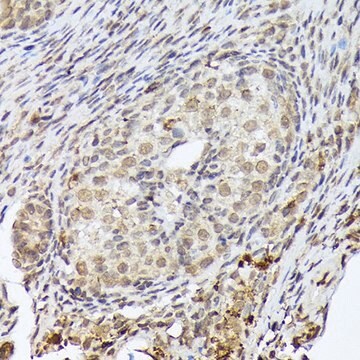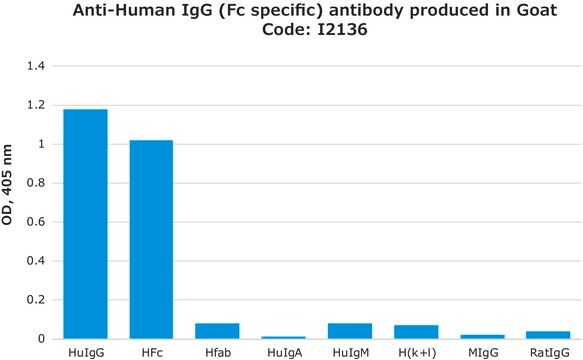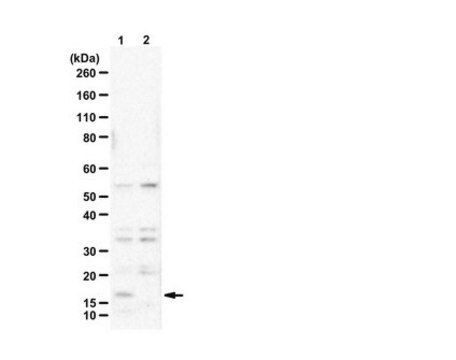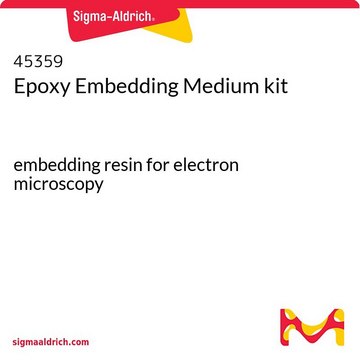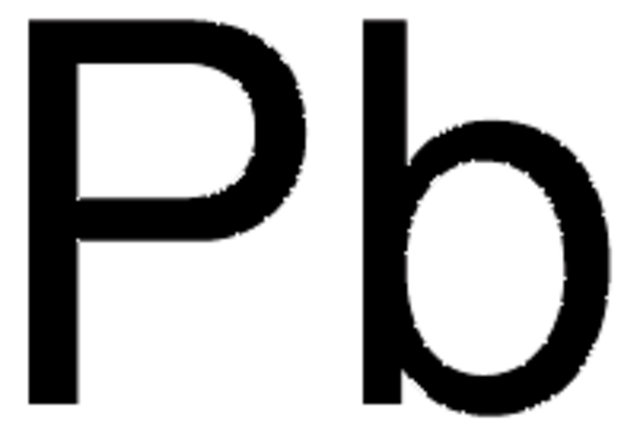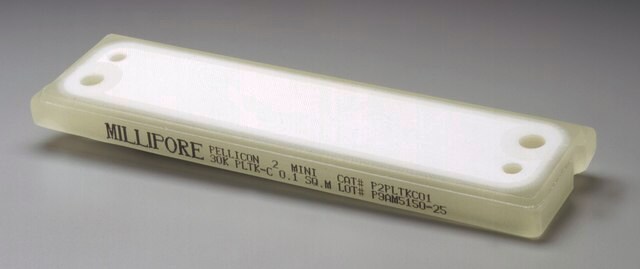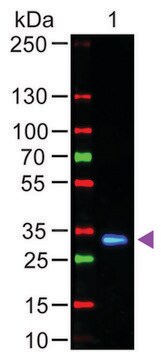ABE1889
Anti-ZMYND11 Antibody
serum, from rabbit
Synonim(y):
Zinc finger MYND domain-containing protein 11
About This Item
Polecane produkty
pochodzenie biologiczne
rabbit
Poziom jakości
forma przeciwciała
serum
rodzaj przeciwciała
primary antibodies
klon
polyclonal
reaktywność gatunkowa
human
reaktywność gatunkowa (przewidywana na podstawie homologii)
mouse (based on 100% sequence homology)
metody
ChIP: suitable (ChIP-seq)
western blot: suitable
numer dostępu NCBI
numer dostępu UniProt
Warunki transportu
dry ice
docelowa modyfikacja potranslacyjna
unmodified
informacje o genach
mouse ... Zmynd11(66505)
Opis ogólny
Specyficzność
Immunogen
Zastosowanie
Epigenetics & Nuclear Function
Chromatin Biology
Chromatin Immunoprecipitation Analysis: A representative lot detected ZMYND11 occupancy of c-Myc gene by ChIP using human osteosarcoma U2OS cell nuclear extracts. ZMYND11 shRNA treatment greatly reduced the c-Myc gene fragments in ChIP (Courtesy of Dr. Hong Wen, UT M.D. Anderson Cancer Center, TX).
Chromatin Immunoprecipitation (ChIP) Analysis: A representative lot detected ZMYND11 chromatin occupancy by ChIP using chromatin preparations from human osteosarcoma U2OS cells. Decreasing H3K36me3 level by SETD2 knockdown reduced ZMYND11 target genes association (Wen, H., et al. (2014). Nature. 508(7495):263-268).
ChIP-seq Analysis: A representative lot detected ZMYND11-targeted chromatin sites by a genome-wide ChIP-seq analysis using chromatin preparations from human osteosarcoma U2OS cells. The ZMYND11 occupied sites are highly enriched in introns and exons, but not promoters of targeted genes (Wen, H., et al. (2014). Nature. 508(7495):263-268).
Western Blotting Analysis: A representative lot detected exogenously expressed human BS69 protein in yeast and QT-6 quail fibroblasts (Ladendorff, N.E., et al. (2001). Oncogene. 20(1):125-132).
Jakość
Western Blotting Analysis: A 1:500 dilution of this antibody detected ZMYND11 in 20 µg of U2OS nuclear extract.
Opis wartości docelowych
Postać fizyczna
Przechowywanie i stabilność
Handling Recommendations: Upon receipt and prior to removing the cap, centrifuge the vial and gently mix the solution. Aliquot into microcentrifuge tubes and store at -20°C. Avoid repeated freeze/thaw cycles, which may damage IgG and affect product performance.
Inne uwagi
Oświadczenie o zrzeczeniu się odpowiedzialności
Nie możesz znaleźć właściwego produktu?
Wypróbuj nasz Narzędzie selektora produktów.
Kod klasy składowania
12 - Non Combustible Liquids
Klasa zagrożenia wodnego (WGK)
WGK 1
Temperatura zapłonu (°F)
Not applicable
Temperatura zapłonu (°C)
Not applicable
Certyfikaty analizy (CoA)
Poszukaj Certyfikaty analizy (CoA), wpisując numer partii/serii produktów. Numery serii i partii można znaleźć na etykiecie produktu po słowach „seria” lub „partia”.
Masz już ten produkt?
Dokumenty związane z niedawno zakupionymi produktami zostały zamieszczone w Bibliotece dokumentów.
Nasz zespół naukowców ma doświadczenie we wszystkich obszarach badań, w tym w naukach przyrodniczych, materiałoznawstwie, syntezie chemicznej, chromatografii, analityce i wielu innych dziedzinach.
Skontaktuj się z zespołem ds. pomocy technicznej
